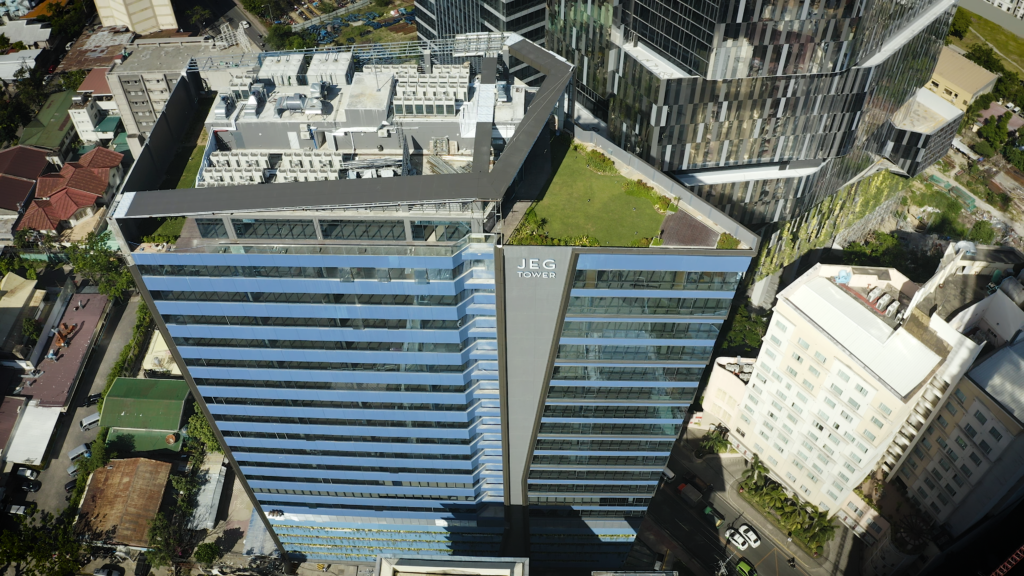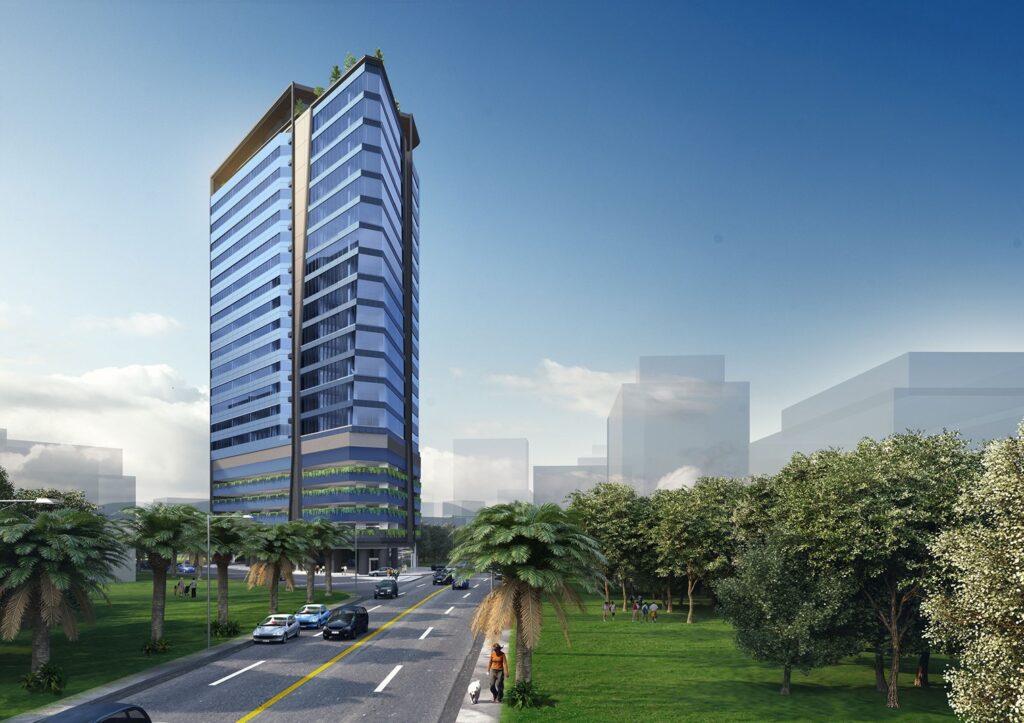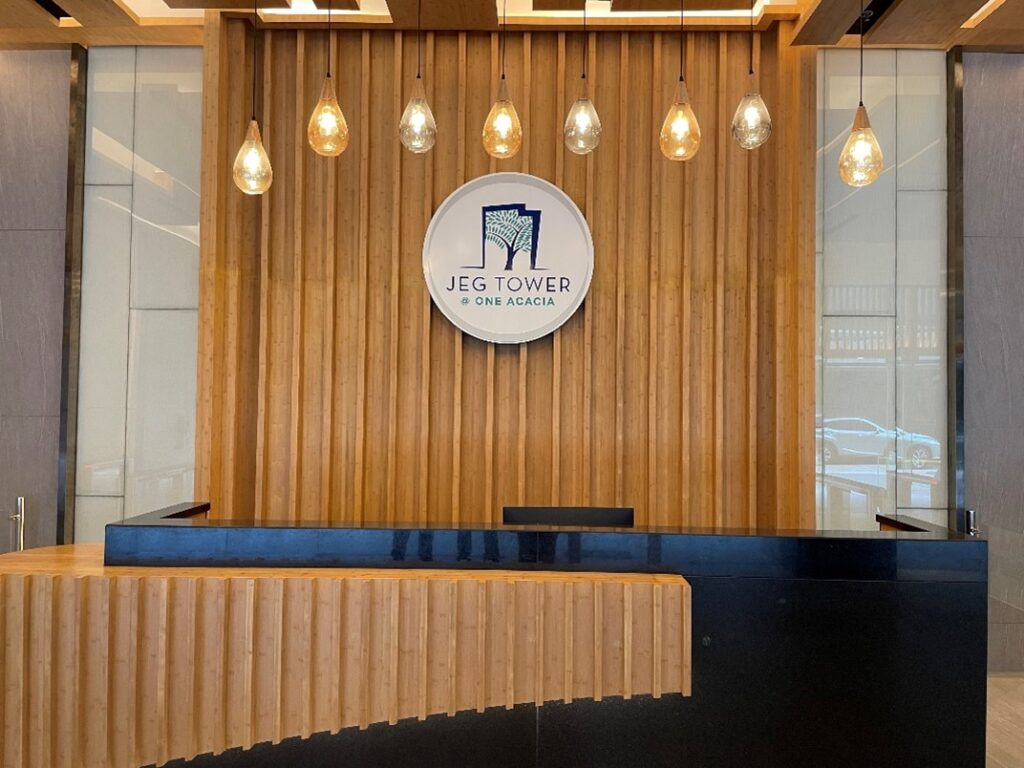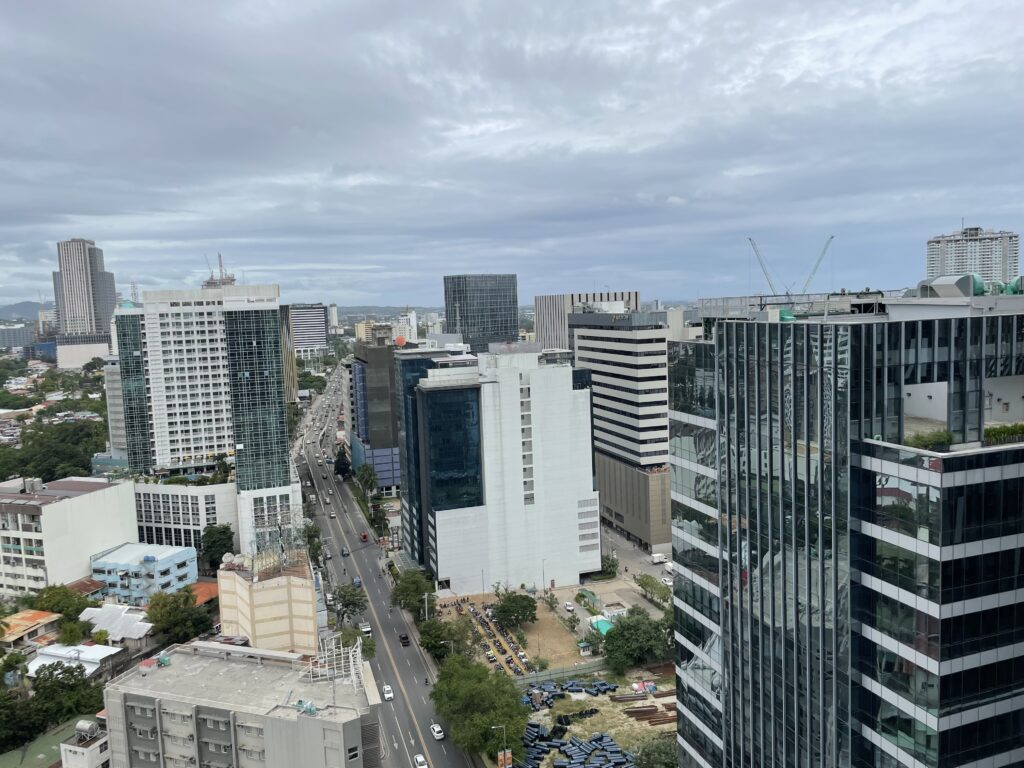One of the most crucial factors when looking for an office space is the size needed for your business to operate. When leasing a workplace, there is no one size fits all or a definitive figure applicable for everyone.

Attractive young female creative designer working on new project in office.
Here are some factors to consider when determining your office size requirement:
Number of Employees
In the Philippines, the recommended ratio of space per employee is about five square meters. This means that on average, every employee in the office should have at least five square meters of space for his workstation, equipment, and free space.
Each employee’s workspace should allow them to work without risking their health and safety and let them be comfortable enough to be productive and inspired.
Office Zones
The COVID-19 pandemic has changed the way people work and live. Now that many companies are returning to the traditional workplace, offices are beginning to adapt to a new set of needs to provide a safer and healthier space for their employees. Office spaces are not only a space for a person to work. It is also a place where people collaborate, socialize, think, reflect, and develop their skills.
Moreover, remember to include common and shared spaces when calculating the space needed for your office such as:
Meeting Rooms or Collaboration Spaces
Conference Rooms
Private Offices or Quiet Rooms
Kitchen and Pantry
Front Desk and Reception
Storage
Plans for Growth and Expansion
Leasing an office for your business should be a long-term plan that can accommodate expansion plans in the future. Moving to a new office isn’t something you want to do often, so it’s important to plan ahead and make sure your next office meets your current and future needs. Think about how your business will change over the next ten years. Business owners should consider and anticipate space and storage needs for more employees, larger office spaces, and more files to keep.
Each company varies in the amount each company varies in the amount of office space they need. However, by providing a comfortable space for your employees, offering safe shared spaces, having a venue to practice your company’s culture, and preparing for the future, you will have an idea of which office space is perfect for your business.
JEG Tower @ One Acacia accommodates companies that need small (93-215 sq m) to large (1,170-1,179.02 sq m) office spaces in the heart of Metro Cebu. Schedule a viewing today! Contact Alexa Abella at (+63) 917-825-6884. For inquiries and more information, call us at (+63) 2-8403-5519 or send an email to info@kmcmaggroup.com.

























